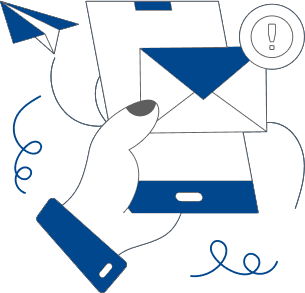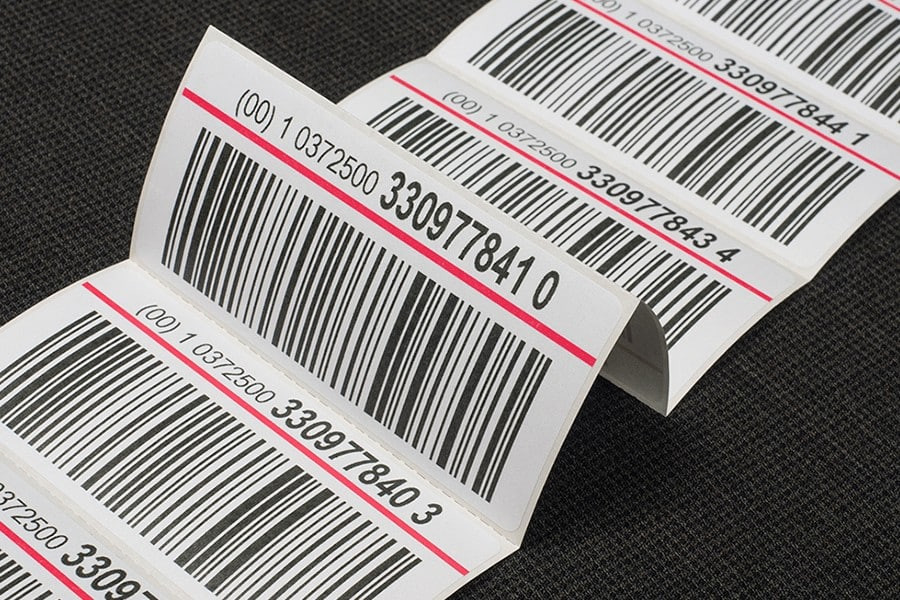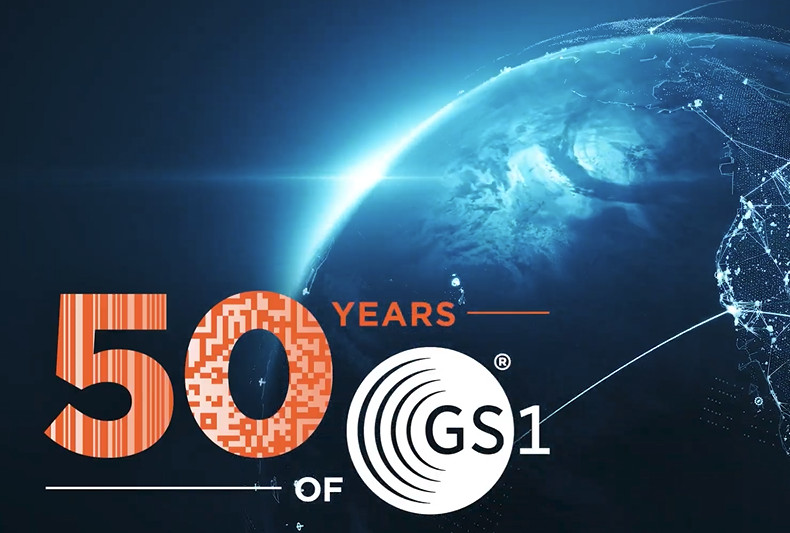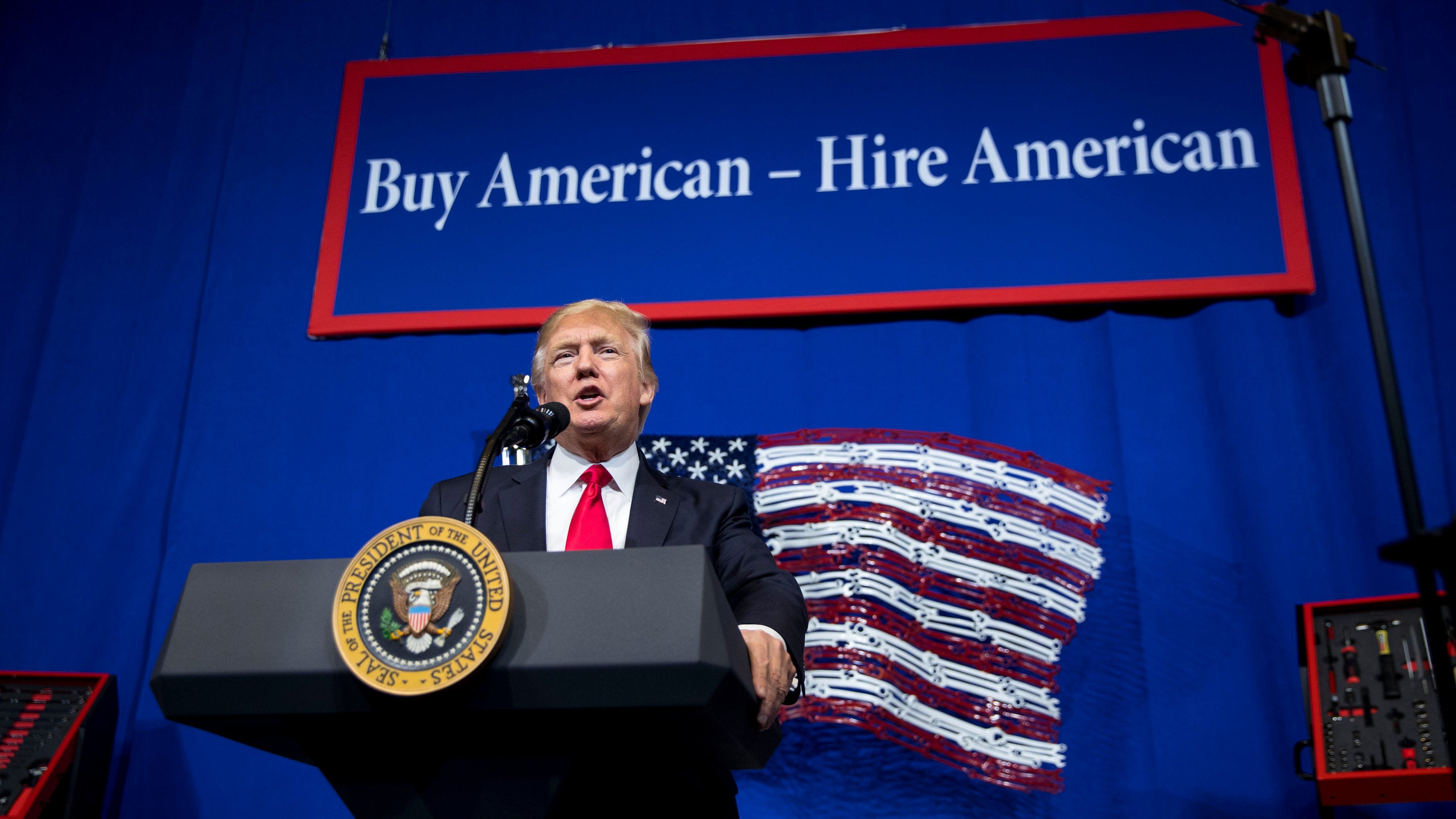On June 26, 1974, a supermarket cashier in Troy, Ohio, made history by scanning a barcode on a ten-pack of Wrigley’s Juicy Fruit chewing gum with a Magellan Model A scanner. Developed by Spectra Physics, now part of the Italian multinational Datalogic, this was the world’s first fixed retail scanner.
The ability to automatically identify products at checkout marked the beginning of a new era, revolutionizing the retail industry with unprecedented speed and accuracy. Fifty years later, this innovation remains indispensable.
As a pioneer in identification technologies, Datalogic has recognized the vast potential of barcode from the start. Building on its early success with scanners like the Magellan Model A, the company has become a leader in the retail automatic identification market. Datalogic has consistently remained at the cutting-edge of technological advancements to better serve its customers. Beginning with the development of the first 1D scan readers, the company later led the way in using imager technology in scanners, and has recently elevated performance by integrating the latest AI-based technologies.
We are at a critical turning point as the retail industry gears up for the rollout of the GS1 Digital Link, a groundbreaking product identification code, which will gradually appear on all consumer product packaging by 2027, complementing the traditional linear barcode.
The GS1 Digital Link barcode is an upgraded version of the traditional barcode, embedding digital information accessible via a URL. This creates a direct connection between a physical product and its associated digital content.
The new GS1 standard QR code will enable consumers to instantly access up-to-date information about products they are considering purchasing by scanning the packaging. This includes details of ingredient origins, allergens, usage (such as cooking tips and recipe suggestions), recycling or disposal guidelines, nutritional values, and much more.
The code will also include detailed information about the specific package, such as the expiration date, production lot, or a unique serial number. This data can be integrated into retailers’ point-of-sale systems, improving security, streamlining procurement processes, and minimizing the risk of fraud.
Fabrizio Pareschi, Datalogic’s Global Account Manager, stated, “Consumers will be empowered to make more informed purchases by gaining insights into the environmental impact of the products they buy. They will have access to detailed information, such as the origin of a product and its ingredients, as well as guidance on how to recycle or reuse packaging. Retailers and supply chain companies can offer personalized content, promotions, or offers tailored to consumer preferences or location. In addition, the new GS1 standard enhances traceability throughout the supply chain, aiding in the fight against counterfeiting and improving product recall management.
“It also optimizes inventory, warehouse management, and logistics processes by integrating with enterprise ERP and CRM systems. For these processes, Datalogic is the ideal technology partner, offering solutions for point-of-sale and data management through professional mobile computers like the new Memor 30/35. It is the perfect tool for tasks such as inventory management, price control, and stock replenishment. All Datalogic retail products are already fully compatible with GS1 code management.”
So, how is the retail industry gearing up for the introduction of these new two-dimensional codes? Michele Benedetti, Chief Technology Officer at Datalogic, explains: “Our goal is to ensure that reading these two codes on packages is seamless and rapid, maintaining the same level of reliability we currently have with linear barcodes. Our scanners and mobile devices can read both types of code simultaneously, with the same speed and accuracy. But the real game-changer will come from integrating smart systems and software to create innovative applications that improve the shopping experience, support sustainability, and give retailers a competitive edge. For example, our next-generation Magellan scanners are truly intelligent machines capable of processing not just product codes, but also images captured by in-store and point-of-sale cameras. This paves the way for innovative applications, such as advanced anti-theft solutions, which will make retailers more efficient and ready to tackle the challenges of a rapidly evolving market.”
The Barcode's Evolution: From 1D to 2D
The barcode has been a staple of the retail industry for decades, but it's now evolving into a new generation of two-dimensional codes. The shift from traditional barcodes to 2D barcodes like QR codes is expected to be completed by the end of 2027.
The Advantages of 2D Barcodes
The new 2D barcodes offer a range of advantages over their traditional counterparts. They are more compact and can store a larger amount of information. This allows retailers to provide consumers with more detailed product information, such as ingredient origins, allergens, and recycling guidelines. 2D barcodes also offer enhanced traceability, which can be used to track products throughout the supply chain and manage recalls more efficiently.
The Rollout of 2D Barcodes
The rollout of 2D barcodes is underway, with some retailers already adopting the new technology. Woolworths, a major supermarket chain in Australia, is spearheading the adoption of 2D barcodes, urging its suppliers to transition to this innovative system. Other retailers are expected to follow suit in the coming years.
The Future of Barcoding
The future of barcoding is bright, with 2D codes poised to become the standard in the retail industry. The benefits of enhanced traceability, time savings, and space efficiency make the format an attractive option for suppliers. As more retailers adopt 2D codes, the technology is expected to continue to evolve and offer even more benefits to consumers and businesses.
The Impact of 2D Barcodes on the Retail Industry
The transition to 2D barcodes represents a significant shift for the retail industry. It will empower consumers with more information, enhance efficiency for retailers, and pave the way for new and innovative applications. As the retail landscape continues to evolve, 2D barcodes will play a key role in shaping the future of shopping.


















